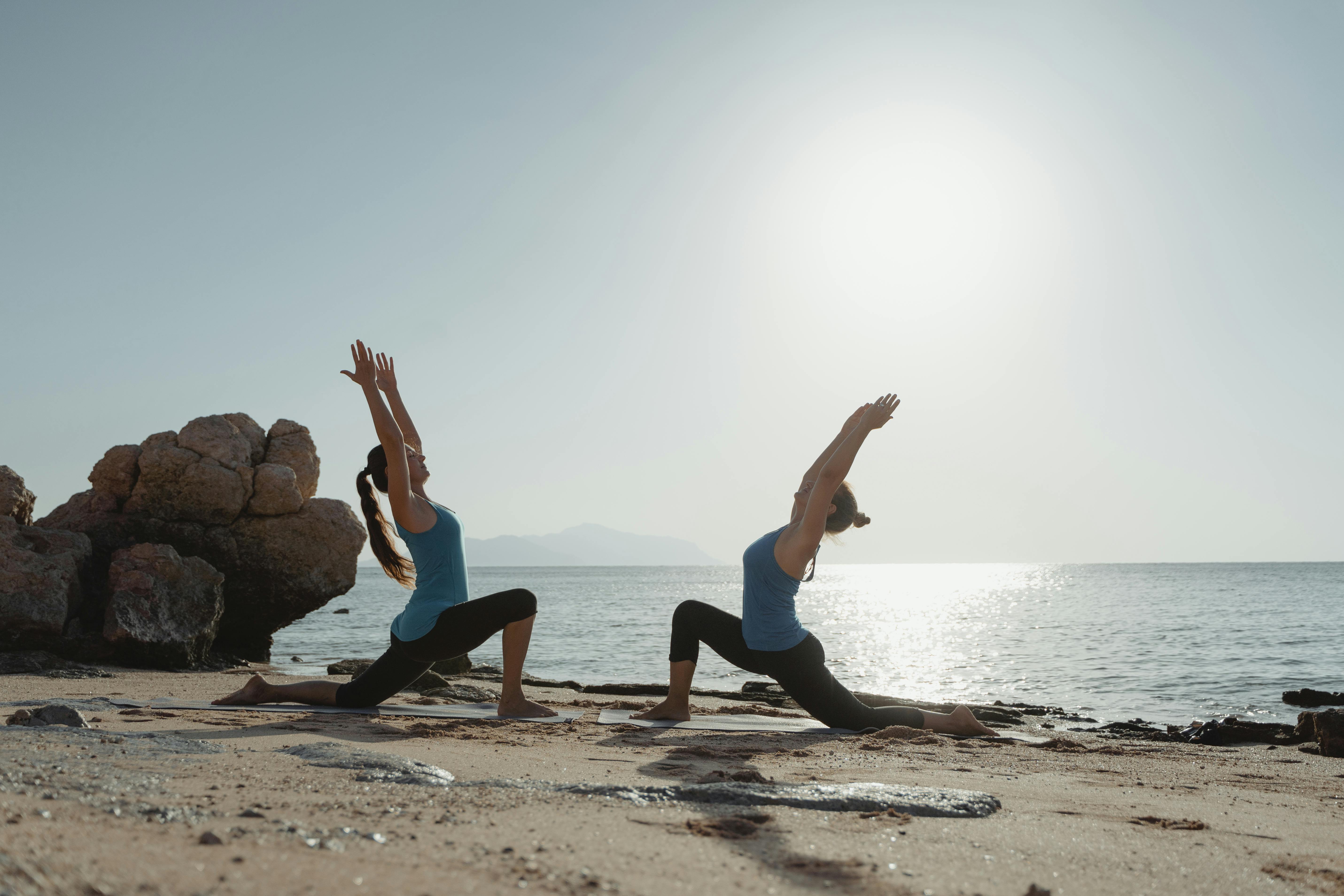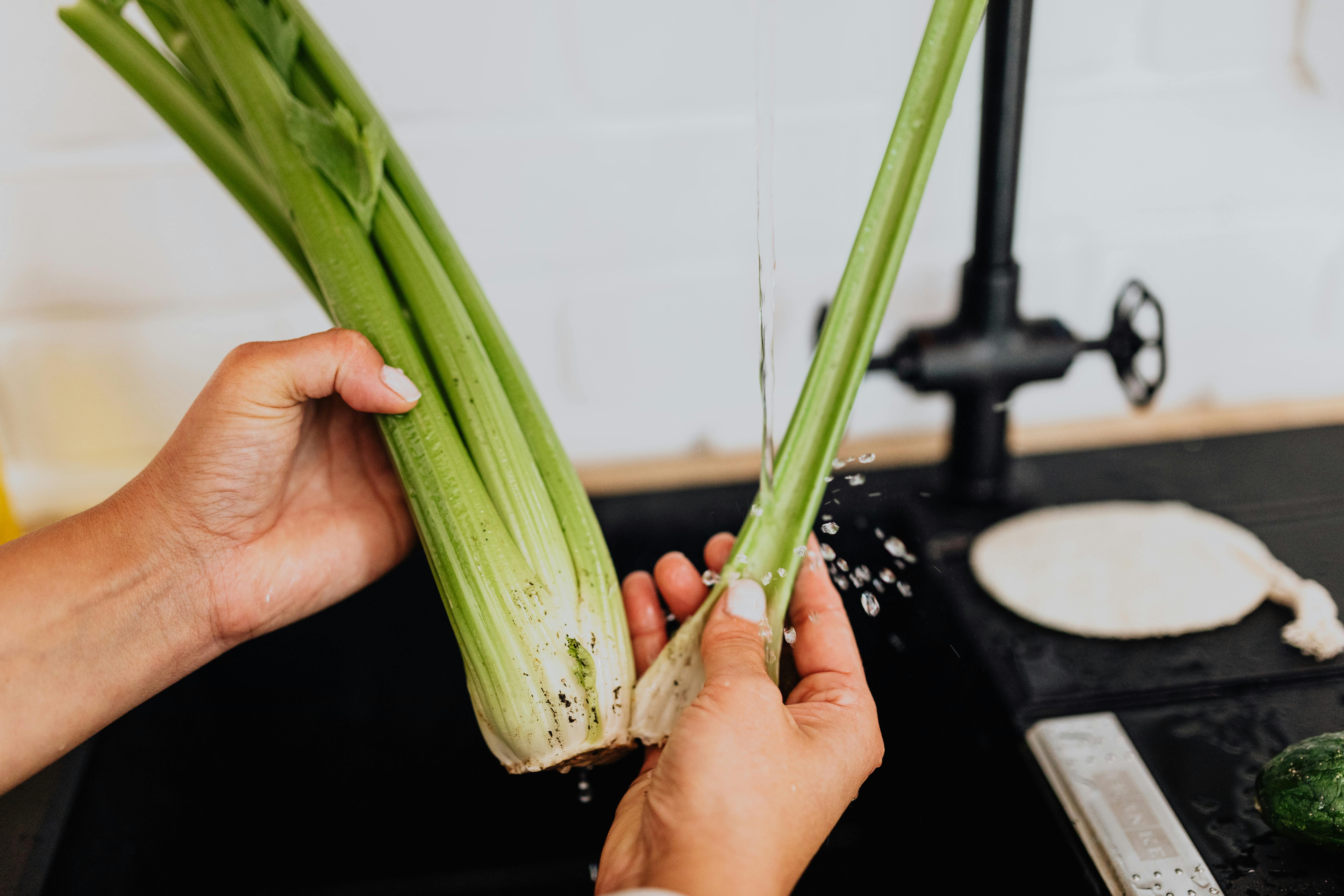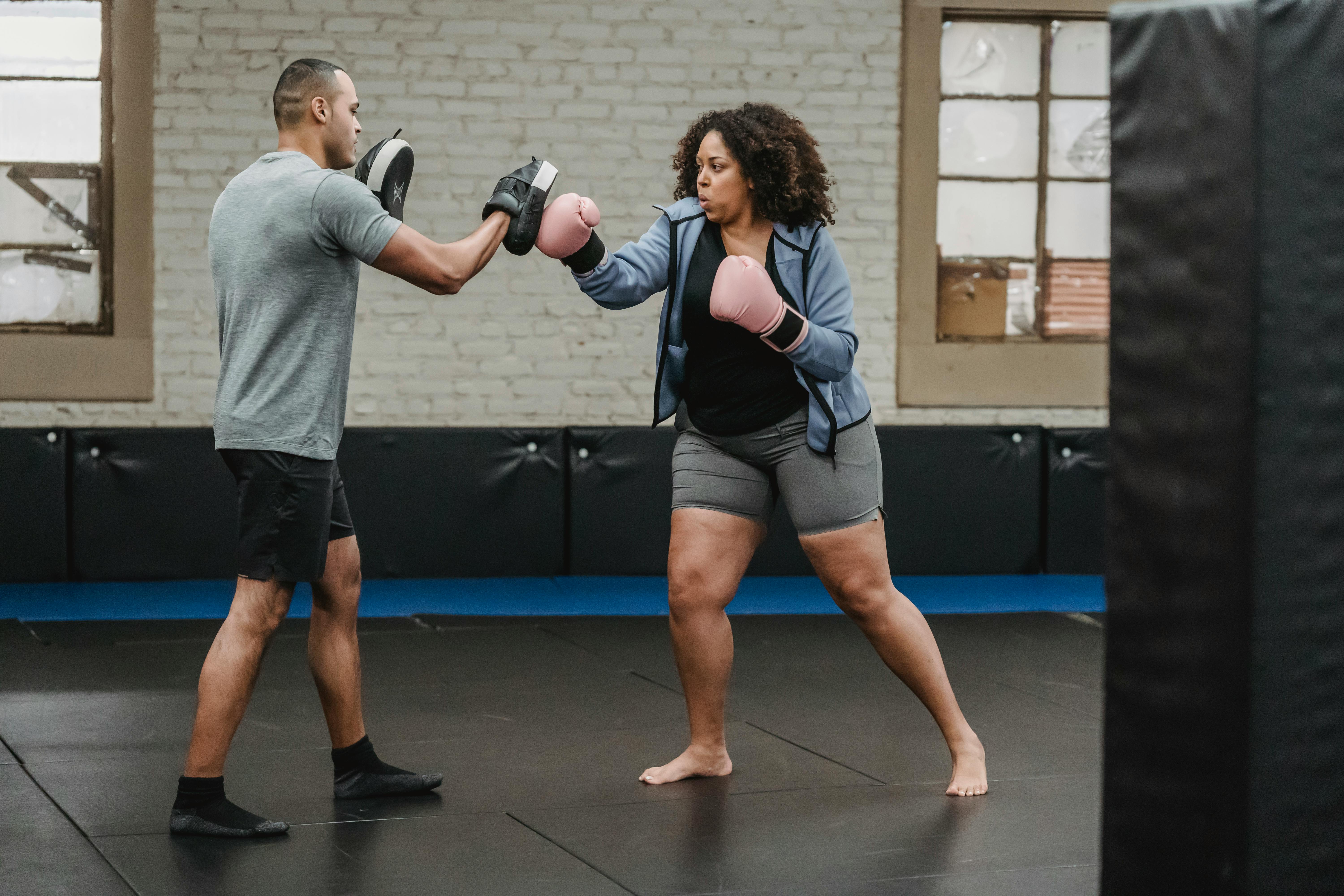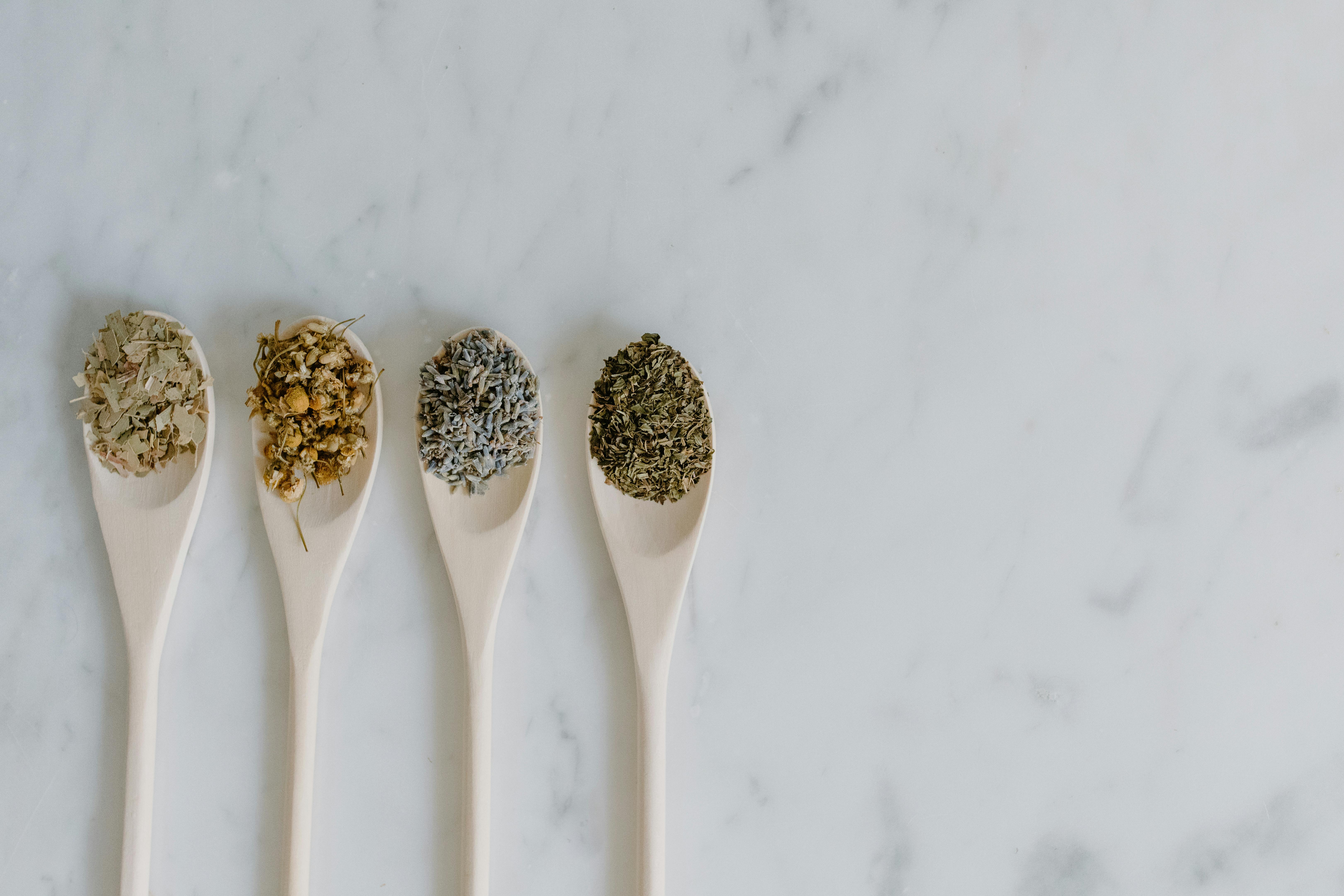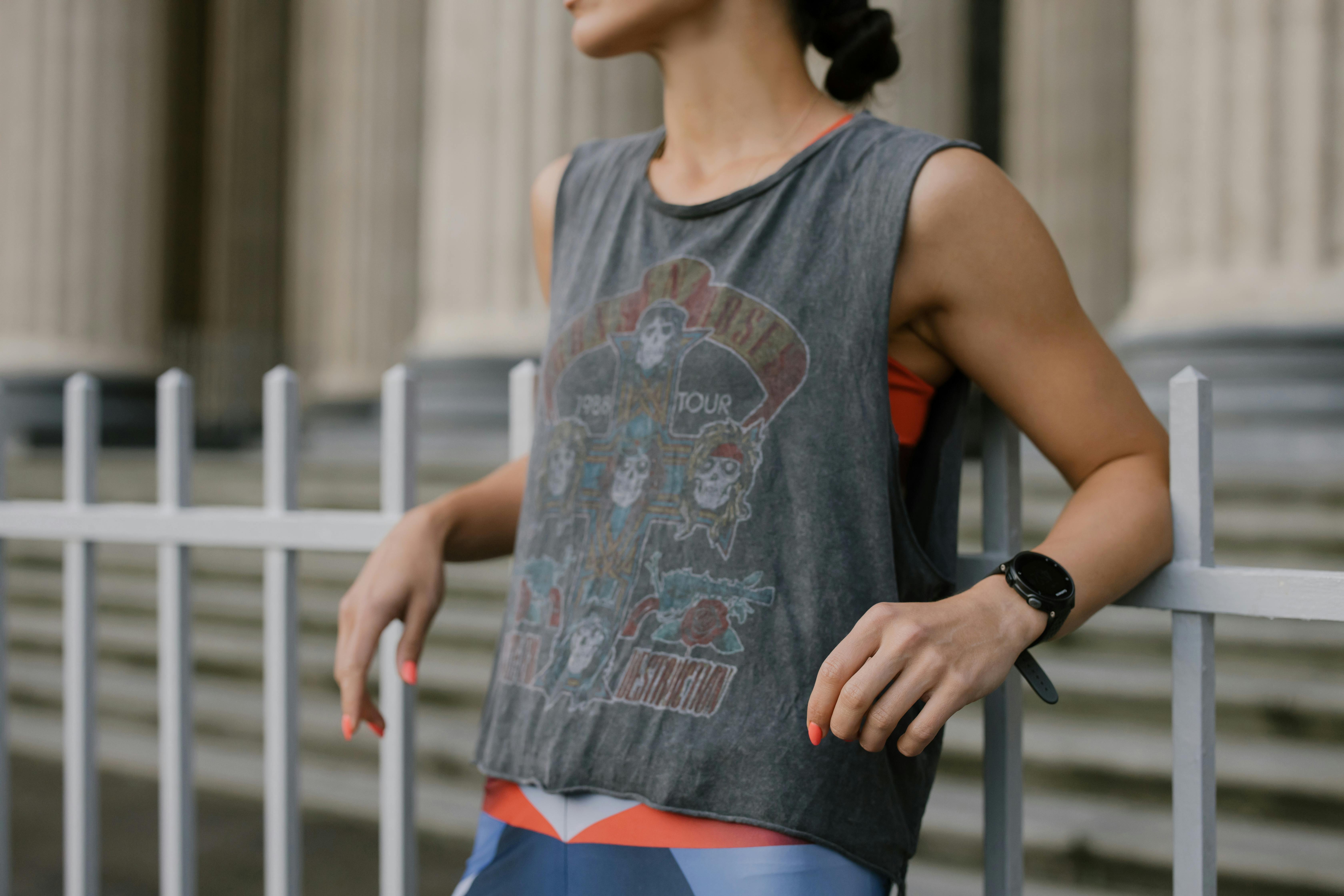Did you know that you could be poisoning your body with high levels of toxins produced by too much soy in your diet? Research has shown that a soy-based diet at any age can lead to a weakened thyroid, commonly leading to heart problems and excess fat. Could this explain the dramatic rise in obesity today?
Are you suffering from obesity or excess weight? If you’re eating a diet rich in soy, you could be taking a serious toll on your health, not to mention sabotaging your weight loss goals.
Most people are unaware of the many powerful chemical toxins that soy contains. One of them is phytic acid, also called phytates. These acids prevent the body from absorbing essential minerals such as calcium, magnesium, iron, and especially zinc. Unfortunately, soybeans are very resistant to phytate reduction techniques, such as prolonged slow cooking, so removing this toxin is nearly impossible.
Soy also contains powerful enzyme inhibitors. These inhibitors block the absorption of trypsin and other enzymes the body needs for protein digestion, causing severe gastric upset, reduced protein digestion, and can lead to chronic deficiencies in amino acid absorption.
Because of the way today’s soy is made and processed (quick and cheap), it doesn’t matter what kind of products you buy, organic or not. They all carry high levels of toxins and should not be eaten, or only in moderation, as is done in Asian cultures. Contrary to popular belief, soy products have never been a staple in Asian countries. Historically, soybeans were used by the poor in times of extreme food scarcity, and only then were the soybeans carefully prepared through prolonged fermentation to destroy soybean toxins.
The average US vegetarian diet today includes soy in extreme excess of what Asians typically consume; they generally use small portions of soy to supplement their meals. The standard Asian diet consists of more natural products, much less fatty meat, more vegetables, and more fish. Their diets are also lower in chemicals and toxins, since they eat far fewer processed foods (canned, jarred, pickled, frozen).
So if you think that will keep you and your kids from getting fat, think again. These claims come directly from the soy industry, which has led us all to believe in its “health food” qualities. It doesn’t really make sense, especially when we know that farmers feed animals soy to fatten them up and slaughter them as quickly as possible.
Soy also contains copious amounts of isoflavones (phytoestrogens), which actually interfere with the thyroid gland’s ability to make thyroid hormones, leading to weight gain, tiredness, and depression. A diet rich in soy is also rich in isoflavones, and you don’t need much. Just one glass of soy milk a day, said to contain between 30 and 45 milligrams, is enough to suppress thyroid function. And with a weakened thyroid, it will become increasingly difficult for you to lose weight.
It is the isoflavones in soy that are supposed to protect us from heart disease, cancer, osteoporosis, and the discomforts of menopause. Not so.
But the most alarming and extremely sad effect comes from feeding our babies soy. While everyone knows, breastfeeding is best; mothers today think they are doing their newborns a service by giving them soy-based formula instead of traditional milk-based formula. In fact, it is causing devastating damage to our children.
Babies fed exclusively on soy-based formula have 13,000 to 22,000 times more estrogen compounds in their blood than babies fed on milk-based formula, the estrogenic equivalent of at least five birth control pills per day. The premature development of girls has been linked to the use of soy formula, as has the underdevelopment of boys.
Moms who eat soy during pregnancy also put their babies at risk because isoflavones cross the placenta. This can upset the hormonal balance, especially during the first three months, when male fetuses are at a crucial stage of development and adequate testosterone is absolutely necessary. Other problems associated with both genders fed soy formula infants include extreme emotional behavior, depression, asthma, immune system problems, pituitary failure, thyroid disorders, and irritable bowel syndrome.
In general, there is an overwhelming number of other health problems that can be associated with soyfoods, including: bladder, prostate, colorectal, thyroid, and breast cancer; precancerous lesions; heart disease; type 2 diabetes; malnutrition; stunted growth; flatulence; pancreatic problems; low libido: early puberty; anemia; zinc deficiency; osteoporosis; gut damage; malabsorption and leaky gut syndrome; kidney stones; allergies; infant death; disruption of the immune system; thyroid disease – and the list goes on.
The soybean industry is a powerful multi-billion dollar industry. And the public relations and funding of its advertising as a “health food” is really causing a “health crisis.” Soy is dangerous, for you and especially for your children. Don’t get sucked into their marketing gimmicks.
If you are looking for help with your eating habits or need to lose weight, I can help you. I offer several weight loss programs designed for each individual. No points, no calorie counting, no gimmicks. It’s about the food, not about you.
For more information on these programs and links to additional FREE articles and downloads, visit [http://www.intuitivehealth.com]. Launching November 2008: Exciting new weight loss eBook and affordable take-home course of study with a complete 90-day step-by-step weight loss plan, including shopping list, menus, supplements, and online support. line.
